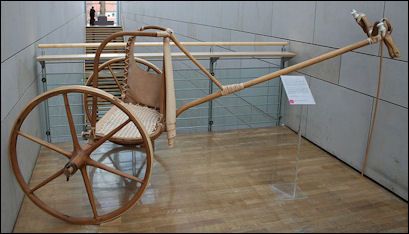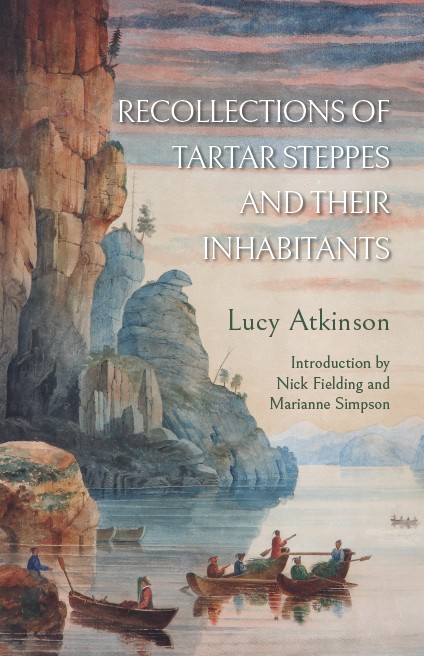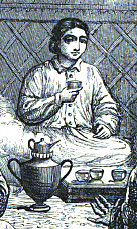How did the domestication of horses spread into Europe? Was it through horse-mounted warriors arriving from the Central Asian steppes about 5,000 years ago, speaking in various Indo-European languages? That has always been the supposition. Now, however, a fascinating paper just published by Nature has redefined the way in which horses and Indo-European languages spread from Asia into Europe.
It is believed that the Indo-European languages were spread in Europe by the massive expansion of Yamnaya steppe pastoralists around 5,000 years ago and that this was aided by their domestication of horses. It was thought that these people spread west from Central Asia, bringing the new languages with them. There was also a strong suggestion that the horses they used were the same as those discovered at sites at Botai in Northern Kazakhstan, which were likely the first horses to be domesticated by humans, also around 5,000 years ago.
However, the new research, based on the study of genomes from more than 270 ancient horses from across Europe has led to a very different conclusion. The paper’s authors argue that modern domesticated breeds of horses do not descend from those at Botai, nor from others known to have existed in Anatolia and Iberia. Instead, they pinpoint the Western Eurasian steppes, particularly the lower Volga-Don region, as the homeland of modern domestic horses. This region lies just to the north of the Caspian Sea and is now known as Kalymkia. The spread of these horses began around 2000 BC, well after Indo-European languages had been introduced into Europe – although in India itself it seems that the Indo-European languages spread at the same time as horses in the early second Millenium. These horses are also associated with the Trans-Ural Sintasha culture, which first developed war chariots. By 1000BC almost all horses in Europe were genetically linked to the horses domesticated in the Lower Volga region.
The implication of this study is that the Indo-Europeans did not spread through Europe as a result of horse-mounted warfare, but as a result of a possible collapse in the original population. It was nearly a thousand years before domestic horses arrived.
These kinds of genetic studies are transforming the way in which we understand ancient societies and the movement of people and livestock. Was there a later move of Indo-Europeans back east, as possibly shown by the remarkable mummified remains of tall, light-skinned people found in recent years in the Tarim Basin in the Taklamakan Desert in Western China? This and other connected questions will surely be answered before long.
Further information about the genetic make-up of the Tarim Basin mummies can be found in a separate Nature article, which can be found here.










